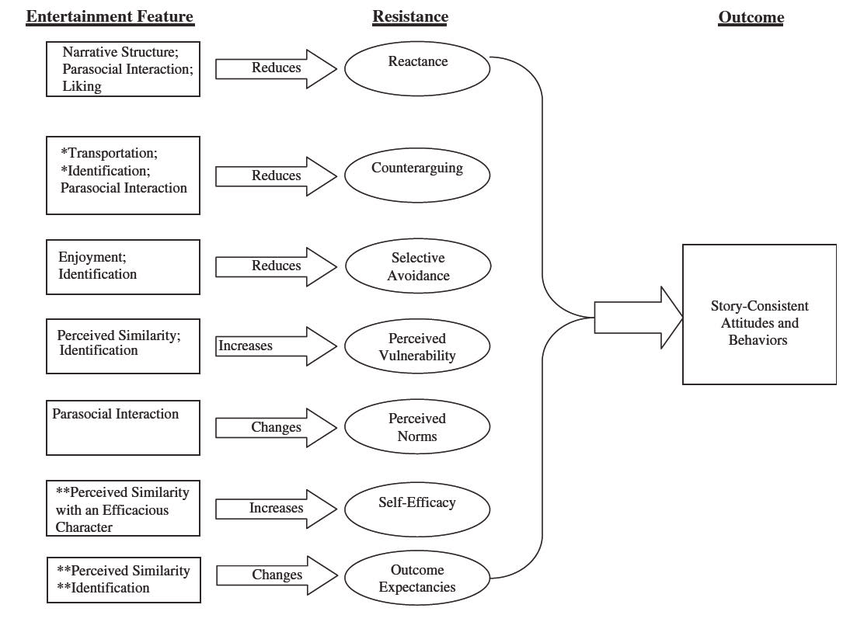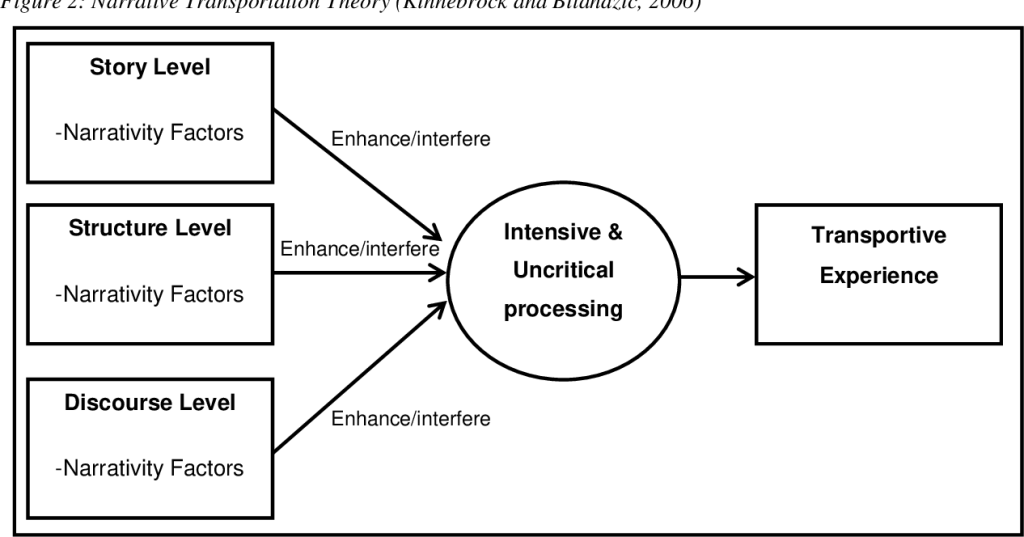Cultivation theory is a theoretical framework in the field of media studies that explains how long-term exposure to media can shape people’s perceptions of reality. According to this theory, the more an individual is exposed to media content, the more their perceptions of reality become shaped by the media, resulting in the cultivation of shared beliefs and attitudes among heavy media users.
The theory has been widely studied and applied in the field of media studies. For example, a study by Gross and colleagues (2004) investigated the impact of television on people’s perceptions of crime. The study found that heavy viewers of crime dramas were more likely to overestimate the prevalence of crime in society and to have a more negative view of the police than light viewers. The study provided evidence for the impact of media exposure on people’s perceptions of reality, as predicted by cultivation theory.
Another study that has applied cultivation theory to the analysis of media effects on young people is the study by Lee and colleagues (2014). The study investigated the impact of media exposure on young people’s attitudes towards appearance and body image. The results of the study showed that heavy users of social media and television were more likely to have negative attitudes towards their own bodies and to compare themselves unfavorably to others. The study supported the idea that media exposure can shape attitudes and beliefs over time, as predicted by cultivation theory.
Critics of cultivation theory have argued that the theory may overestimate the impact of media on individuals and underestimate the role of other factors, such as socialization and personal experiences. Furthermore, some critics contend that cultivation theory tends to focus on the effects of media on particular groups of people, such as heavy viewers of violent content, rather than on the wider population.
Despite these criticisms, cultivation theory remains a useful framework for analyzing media effects on attitudes, beliefs, and behaviors. One way that cultivation theory has been refined is through the concept of “cultural indicators”, which refers to the recurring themes and messages in media content that can shape people’s perceptions of reality (Gerbner, 1969).
In conclusion, cultivation theory is a valuable theoretical framework that has been used to explain the impact of media on people’s perceptions of reality over time. While the theory has been criticized for its focus on particular groups and its potential to overestimate the impact of media, it remains a useful tool for analyzing media effects on attitudes, beliefs, and behaviors.
Reference
Gerbner, G. (1969). Toward “cultural indicators”: The analysis of mass mediated public message systems. AV Communication Review, 17(2), 137-148.
Gross, K., Morgan, M., & Signorielli, N. (2004). “You’re it”: Reality TV, cruelty, and privacy. Journal of Broadcasting & Electronic Media, 48(3), 387-402.
Lee, M., Lee, H., & Moon, S. I. (2014). Social media, body image, and self-esteem: A study of predictors and moderators among young women. Journal of Health Communication, 19(10), 1138-1153.
Morgan, M., & Shanahan, J. (2010). The state of cultivation. Journal of Broadcasting & Electronic Media, 54(2), 337-355.
Shrum, L. J. (2012). The psychology of entertainment media: Blurring the lines between entertainment and persuasion. Routledge.
Signorielli, N. (2014). Cultivation theory. The International Encyclopedia of Media Studies, 1-12.
Tukachinsky, R., Slater, M. D., & Choi, Y. H. (2016). The role of media exposure in agenda setting: A longitudinal study. Journalism & Mass Communication Quarterly, 93(1), 39-60.


